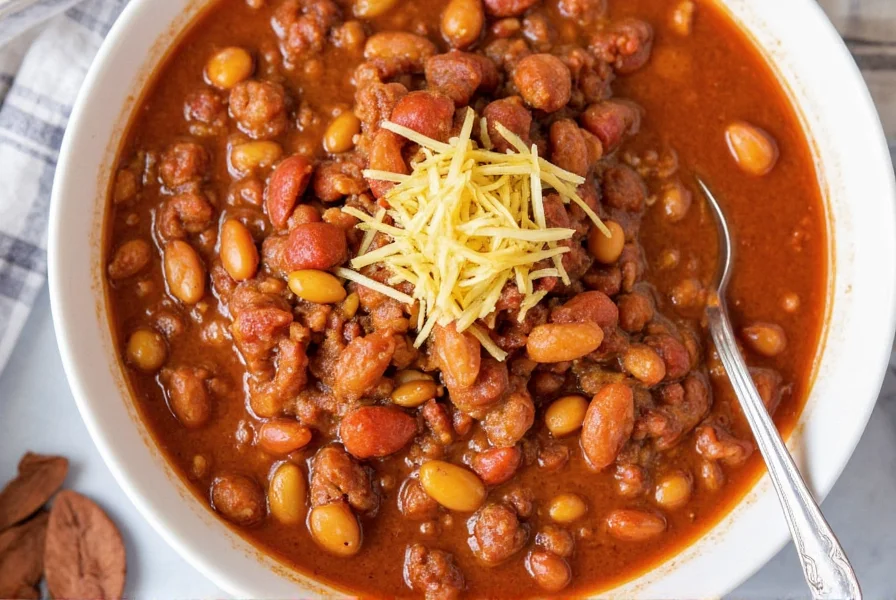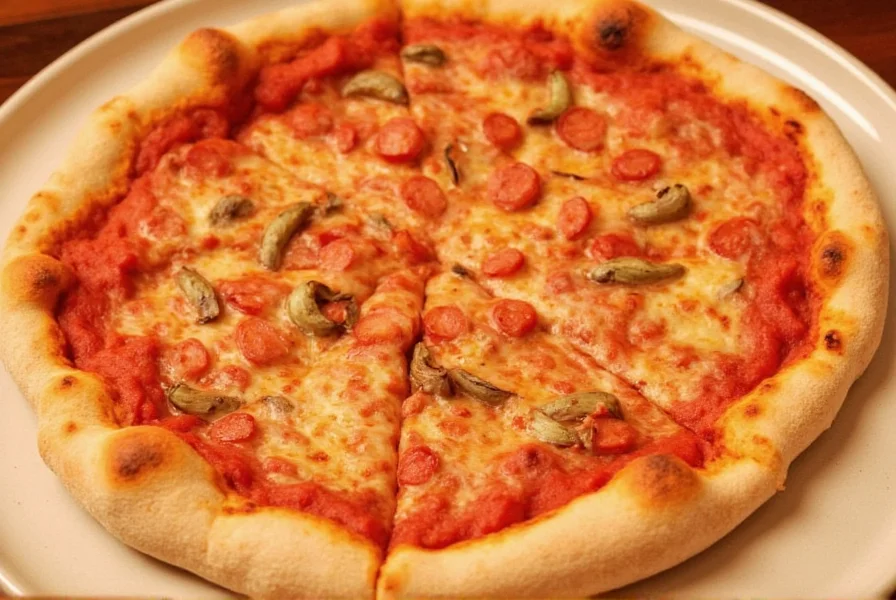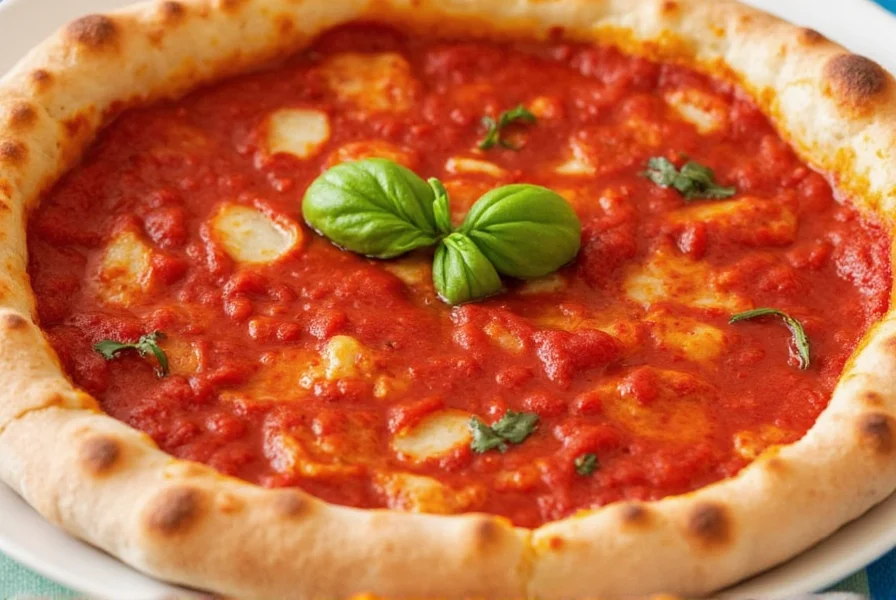Tip 1: Choose the Right Peppers for Your Heat Level
Getting the perfect spice level starts with selecting the right peppers. Different peppers offer varying heat intensities measured on the Scoville scale. For beginners, jalapeños (2,500–8,000 SHU) provide mild heat without overwhelming flavor. If you crave serious kick, try habaneros (100,000–350,000 SHU) or ghost peppers (800,000–1,000,000 SHU). Always wear gloves when handling hot peppers to avoid skin irritation.

Tip 2: Balance Spice with Flavor
True spicy pizza sauce isn't just about heat—it's about harmony. Start with a base of 1 cup tomato puree, then add 2 minced garlic cloves, 1 tsp olive oil, and 1/4 tsp smoked paprika for smoky depth. Include 1/4 tsp cumin for earthiness and 1/2 tsp red pepper flakes for adjustable heat. Simmer for 10–15 minutes to meld flavors. Remember: a pinch of sugar or honey balances excessive heat, while fresh basil adds brightness. For a restaurant-quality finish, try adding a splash of balsamic vinegar.

Tip 3: Select the Best Store-Bought Options
When short on time, these store-bought sauces deliver authentic heat and flavor. Consider these top-rated choices based on heat intensity, ingredients, and versatility:
| Brand | Features | Advantages | Use Cases | Target Audience | Suitable Occasions |
|---|---|---|---|---|---|
| Marinara Fire | Hot and tangy, with a hint of garlic and oregano | Perfect for a quick pizza fix | Weeknight dinners, casual gatherings | Home cooks, pizza lovers | Family meals, movie nights |
| Bellini Spicy Tomato | Made with organic tomatoes and chili peppers | Healthy, flavorful, and authentic | Special occasions, gourmet pizzas | Health-conscious eaters, foodies | Parties, celebrations |
| Pepperoni Passion | Extra spicy with a bold, smoky flavor | Great for those who crave heat | For adventurous eaters, meat lovers | Spice enthusiasts, pizza purists | Game nights, themed events |

How can I adjust the heat level in my pizza sauce?
The easiest way to control heat is by adjusting the amount of red pepper flakes or cayenne pepper. Start with a small amount (1/4 teaspoon), taste, and gradually add more until you reach your desired spice level. Remember, you can always add more spice, but you can't take it out once it's in!
How long does homemade spicy pizza sauce last?
When stored in an airtight container in the refrigerator, homemade spicy pizza sauce will keep for 5-7 days. For longer storage, you can freeze it in ice cube trays, then transfer the frozen cubes to a freezer bag—it will keep for up to 3 months. Thaw overnight in the refrigerator before using.
Can I substitute fresh tomatoes for tomato puree?
Absolutely! Use about 2 cups of fresh tomatoes (peeled and chopped) simmered down until they reach a thick sauce consistency. You may need to cook it longer to reduce the liquid content. Roma tomatoes work particularly well as they're less watery than other varieties.
What if my sauce turns out too spicy?
If your sauce is too hot, don't worry! You can balance it by adding a teaspoon of sugar or honey to counteract the heat. Dairy products like a splash of heavy cream or a dollop of ricotta can also help tame the spice. Adding more tomato base (puree or crushed tomatoes) will dilute the heat while maintaining the pizza sauce character.
What cheeses pair best with spicy pizza sauce?
Milder cheeses like fresh mozzarella, provolone, or ricotta create a nice contrast to spicy sauce. For a more complex flavor profile, try adding a small amount of aged cheeses like Parmesan or Pecorino Romano. The creaminess of goat cheese also pairs beautifully with spicy tomato bases.
Can I use this sauce for dishes other than pizza?
Definitely! This versatile sauce works wonderfully as a pasta sauce, in lasagna, as a dipping sauce for breadsticks, or even as a base for shakshuka. It's also great mixed into meatloaf or used as a flavorful addition to chili.
Conclusion
Mastering spicy pizza sauce is about balance, not just heat. With these 3 essential tips—choosing the right peppers, balancing flavors, and selecting quality store-bought options—you'll create pizzas that impress every time. Experiment with different peppers and spices to find your perfect heat level, and remember: a little extra effort in sauce preparation elevates the entire pizza experience.











 浙公网安备
33010002000092号
浙公网安备
33010002000092号 浙B2-20120091-4
浙B2-20120091-4